
Post by : Meena Rani
India’s railway system is one of the largest in the world and a lifeline for millions of people every day. With trains carrying both passengers and goods across long distances, the network plays a vital role in the country’s growth. But as the demand for speed, safety, and comfort increases, the system faces challenges in keeping up with modern needs.
To address these challenges, Indian Railways is turning to advanced digital technology, especially 5G communication systems. This shift is not just about faster internet but about transforming the way trains operate, how passengers experience travel, and how safety is managed across the network.
The railways have come a long way in communication systems:
Telegraph (1800s): The earliest method, using Morse code for simple train orders.
Analog Telephony (1900s): Voice calls between stations and control centers improved coordination.
GSM-R: A mobile system designed specifically for railways, enabling better communication for crew and control systems.
LTE-R: A more advanced system supporting faster data transfer, CCTV, ticketing, and safety functions.
FRMCS (Future Railway Mobile Communication System): The next big leap based on 5G, offering ultra-fast, reliable, and low-latency communication.
This progress shows how Indian Railways has steadily upgraded its backbone to handle increasing demands.
India’s railways run thousands of trains daily, carrying millions of passengers and heavy freight. Older systems like GSM-R are no longer enough to handle modern challenges. 5G promises to solve these problems:
Real-Time Data Sharing: Train movement, speed, and routing can be monitored instantly.
Emergency Response: Faster communication helps in quick decisions during accidents or emergencies.
Operational Efficiency: Advanced systems like Communication-Based Train Control (CBTC) reduce delays and improve scheduling.
Smart Resource Use: Data-driven models can save energy and cut costs by managing train power and station systems.
Predictive Maintenance: Sensors powered by 5G can detect early faults in trains and tracks, reducing breakdowns and delays.
To make this a reality, new infrastructure will be built:
Trackside Towers and Base Stations (gNodeBs): These will ensure trains stay connected even at high speeds.
Massive MIMO Antennas: Special antennas will give trains stable and powerful signals.
5G Core Network: This will act as the backbone, managing data flow and ensuring smooth operations.
Network Slicing: Separate channels for train control, passenger internet, and IoT monitoring will run on the same network.
Edge Computing: Local servers near stations will handle data instantly without delays.
Onboard Routers and Sensors: Trains will have 5G routers and IoT devices to track brakes, wheels, and climate systems inside coaches.
While the benefits are clear, India faces some challenges in adopting 5G for railways:
Spectrum Shortage: The railways need more frequency bands for high-capacity use.
High Costs: Setting up 5G requires new towers, routers, and retrofitting trains, which will need large investments.
Migration Challenges: Both old and new systems will have to run together during the transition, making it complex.
Cybersecurity Risks: As trains become more digital, they are more exposed to hacking attempts such as data theft or signalling manipulation.
Skilled Workforce: Engineers must be trained to handle both legacy and 5G systems.
5G can also bring new risks. Hackers may try to attack the system through:
DDoS Attacks: Flooding the system with traffic to disrupt services.
Signalling Spoofing: Sending false commands to trains, which could be dangerous.
Network Exploits: Using weaknesses in software to gain access.
To protect against these, Indian Railways will need strong cybersecurity systems and constant monitoring.
Projects like the Mumbai-Ahmedabad High-Speed Rail, dedicated freight corridors, and expanding metro systems show India’s clear focus on modernising its transport. If India can implement 5G effectively, the railway system will see:
Safer journeys with fewer accidents.
Faster and more punctual trains.
Smarter stations with better passenger services.
Lower operational costs through energy efficiency and predictive maintenance.
The path will require careful planning, strong investment, and security measures. But once achieved, India’s railways could match global leaders like Japan and Europe in efficiency and safety.
5G is not just a faster network for mobile phones — for Indian Railways, it could be the foundation of a smart, safe, and future-ready transport system. With proper planning and security, the railways can use 5G to handle rising demand, ensure smoother operations, and provide a better travel experience for millions of passengers.
India’s journey from the telegraph to 5G shows its ability to adapt and grow. The next step will be making this digital revolution a reality across the nation’s vast railway network.
#5GRailways #SmartRailways #IndianRailways #DigitalIndia #RailwayInnovation #FutureOfTransport #RailwaySafety #SmartMobility
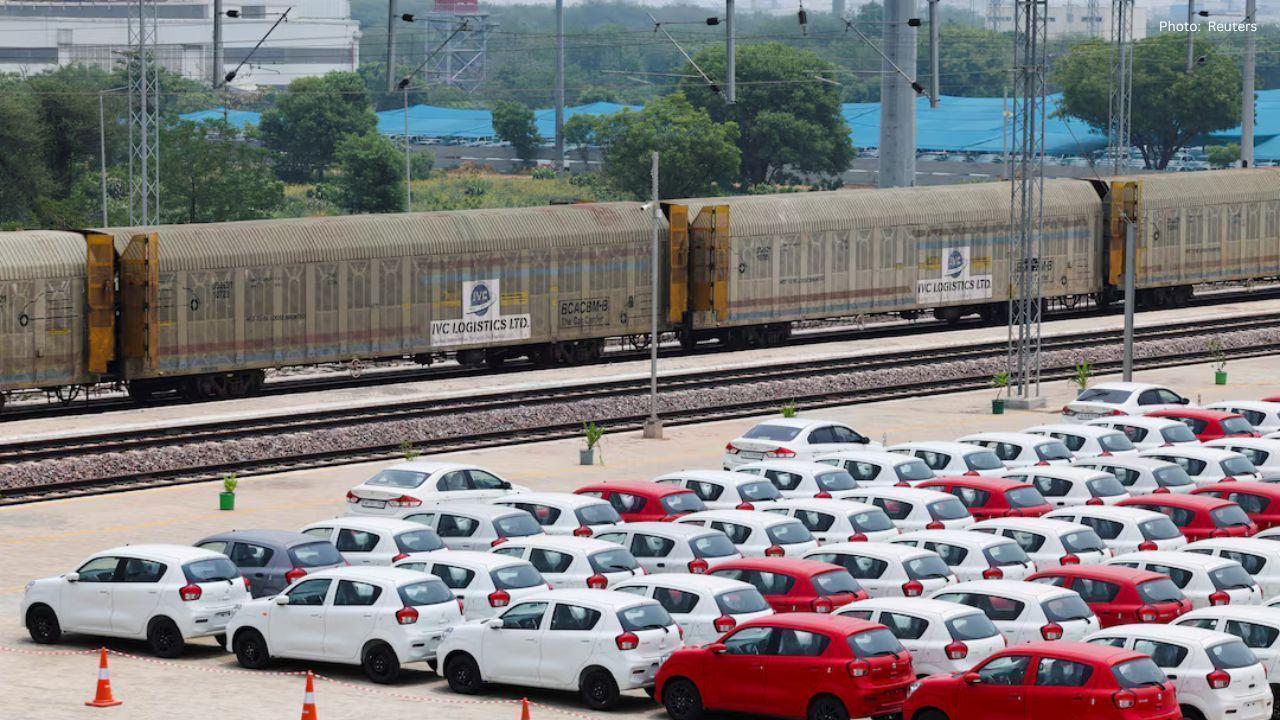
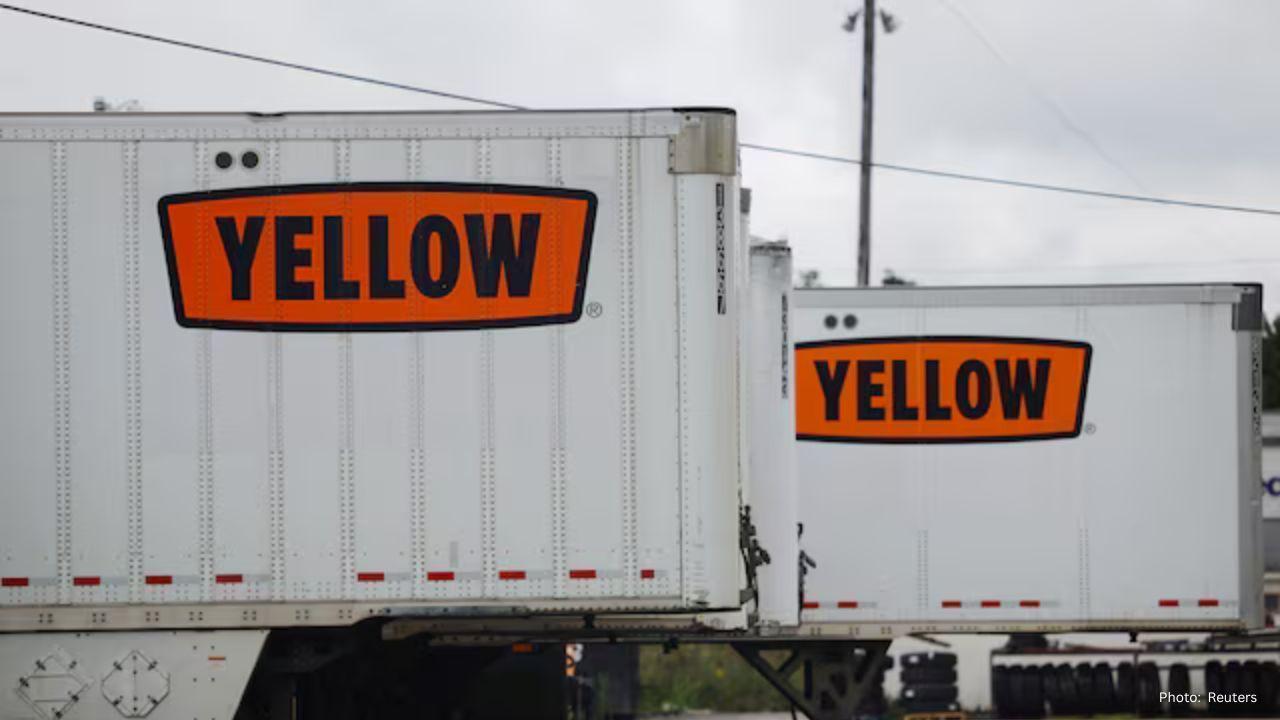
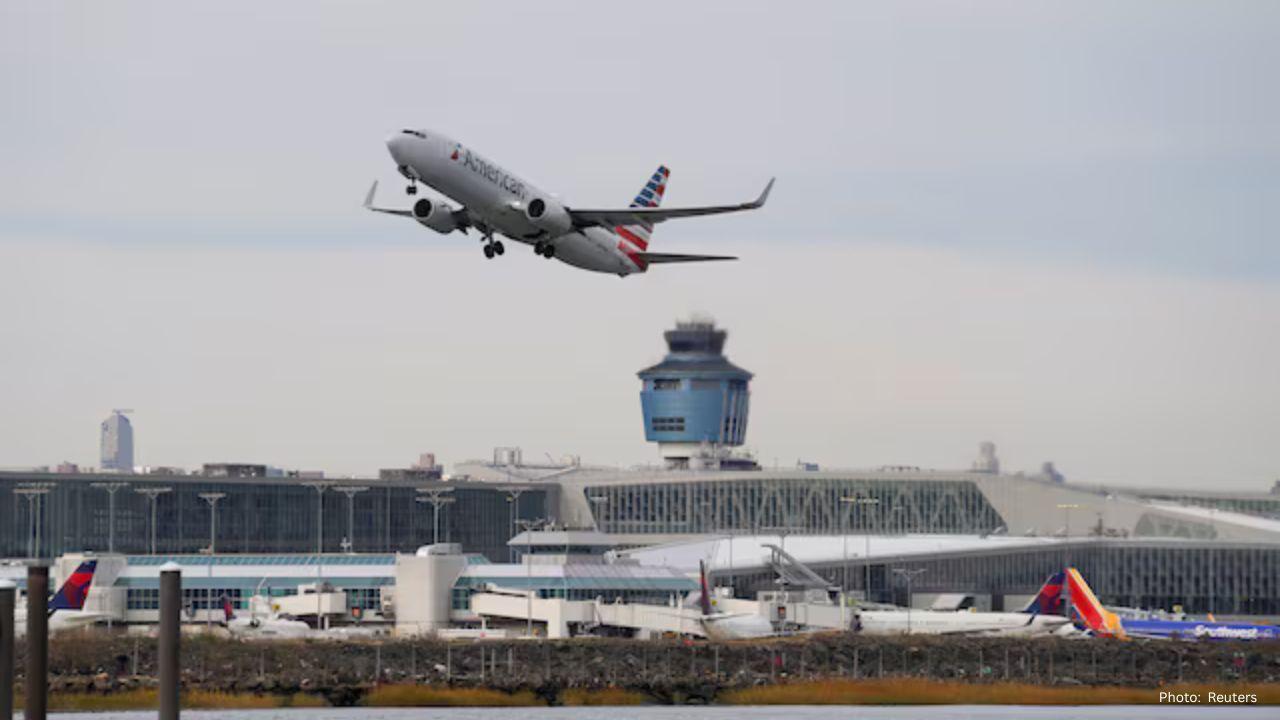
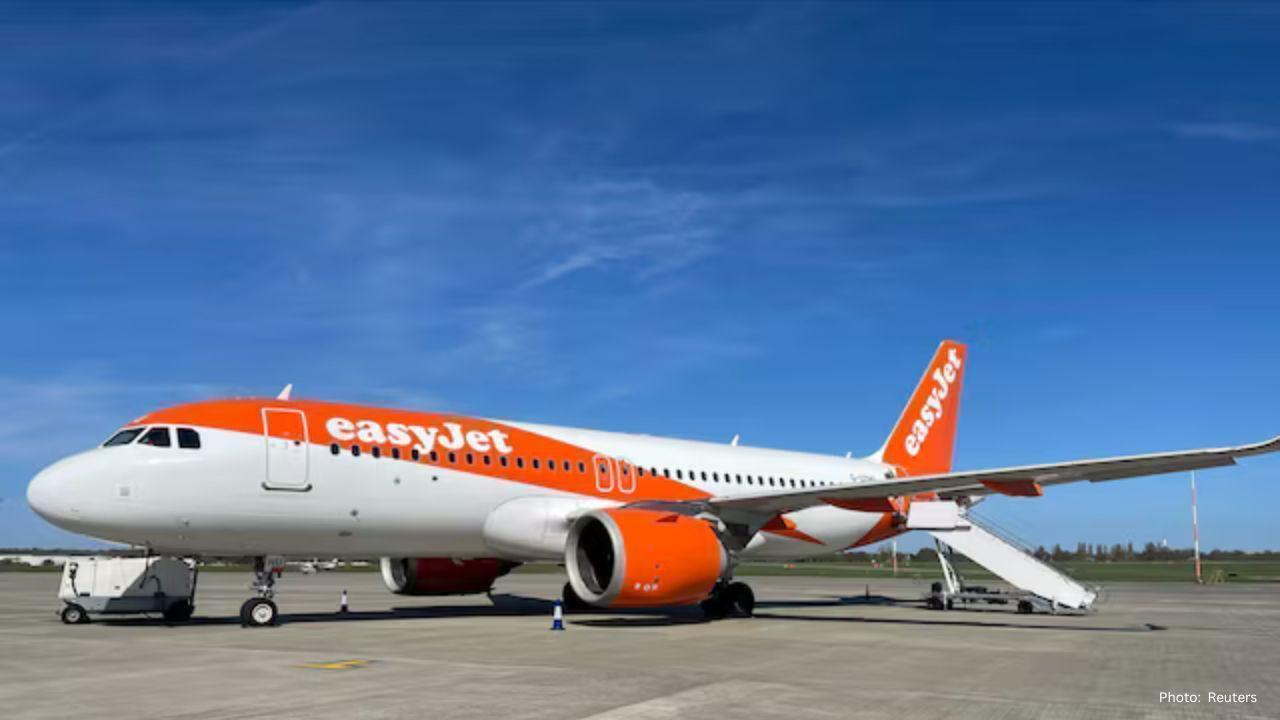



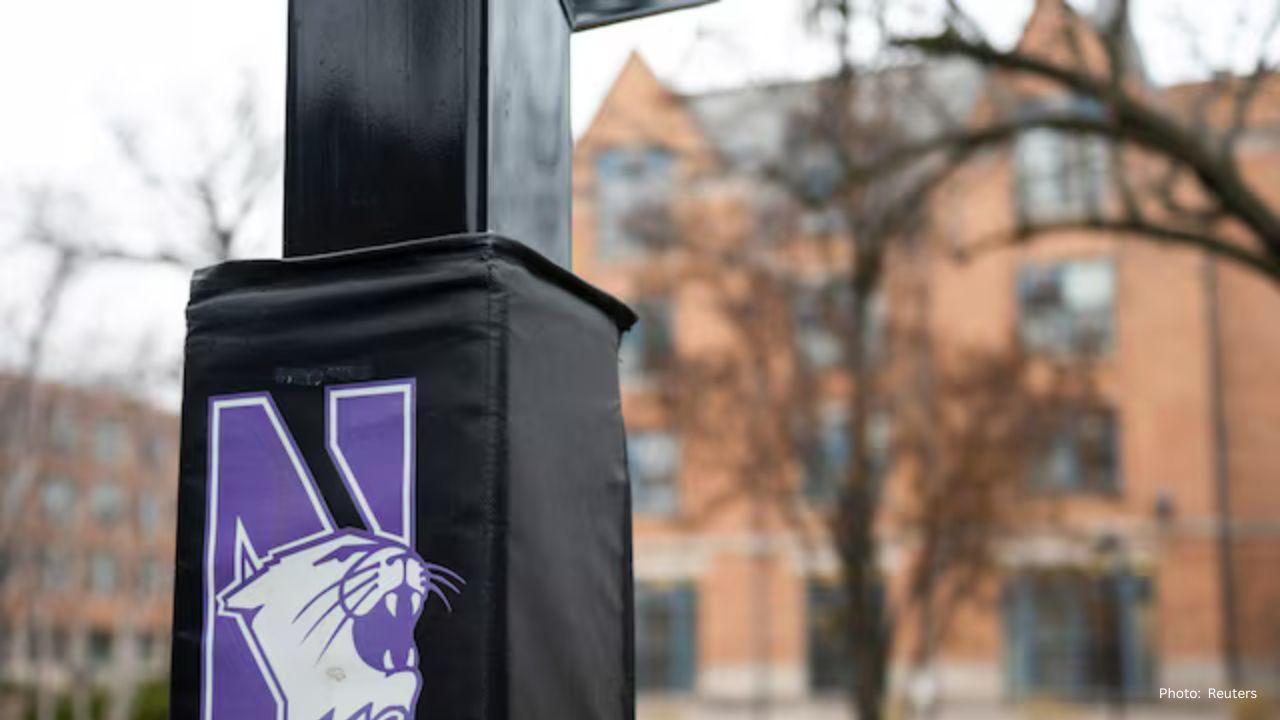
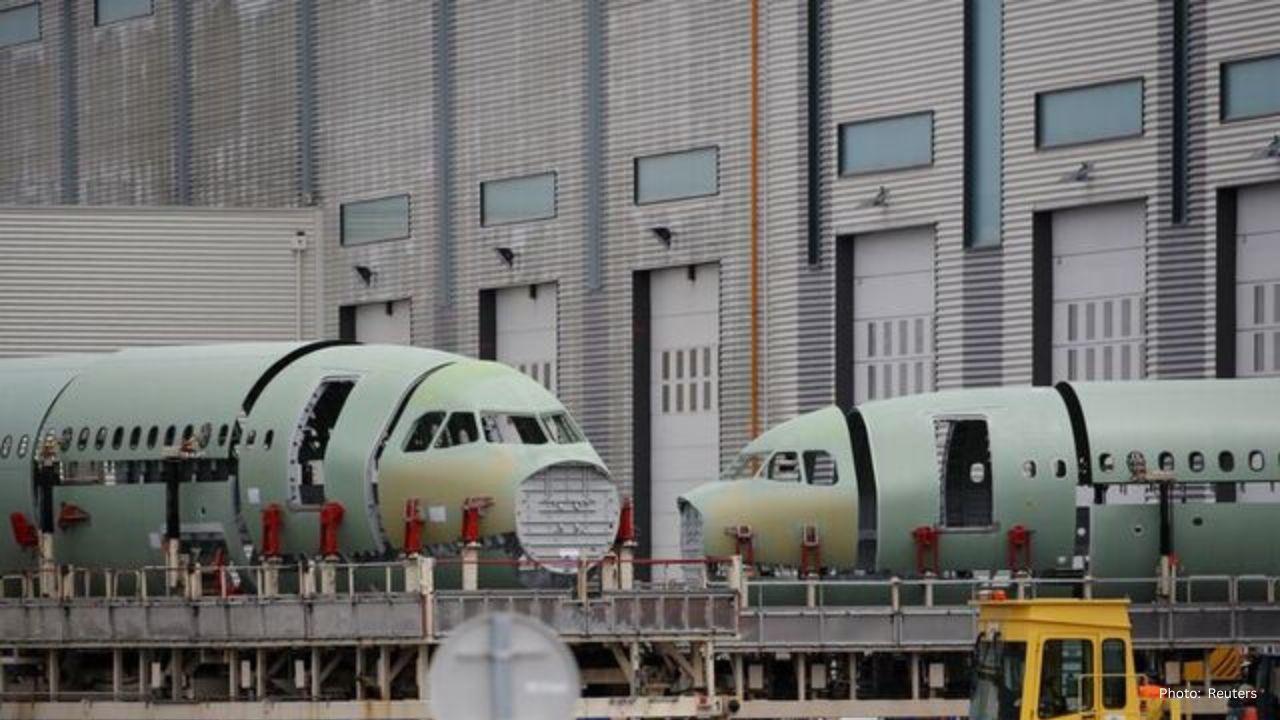
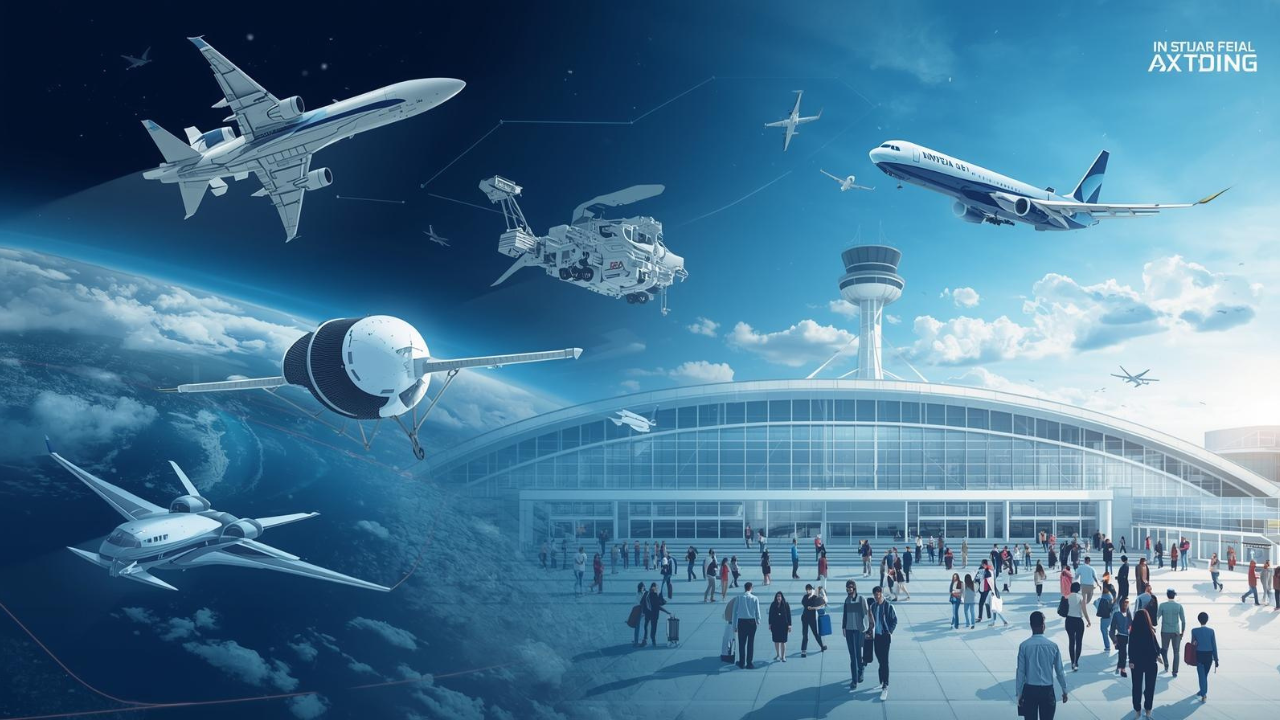
Advances in Aerospace Technology and Commercial Aviation Recovery
Insights into breakthrough aerospace technologies and commercial aviation’s recovery amid 2025 chall
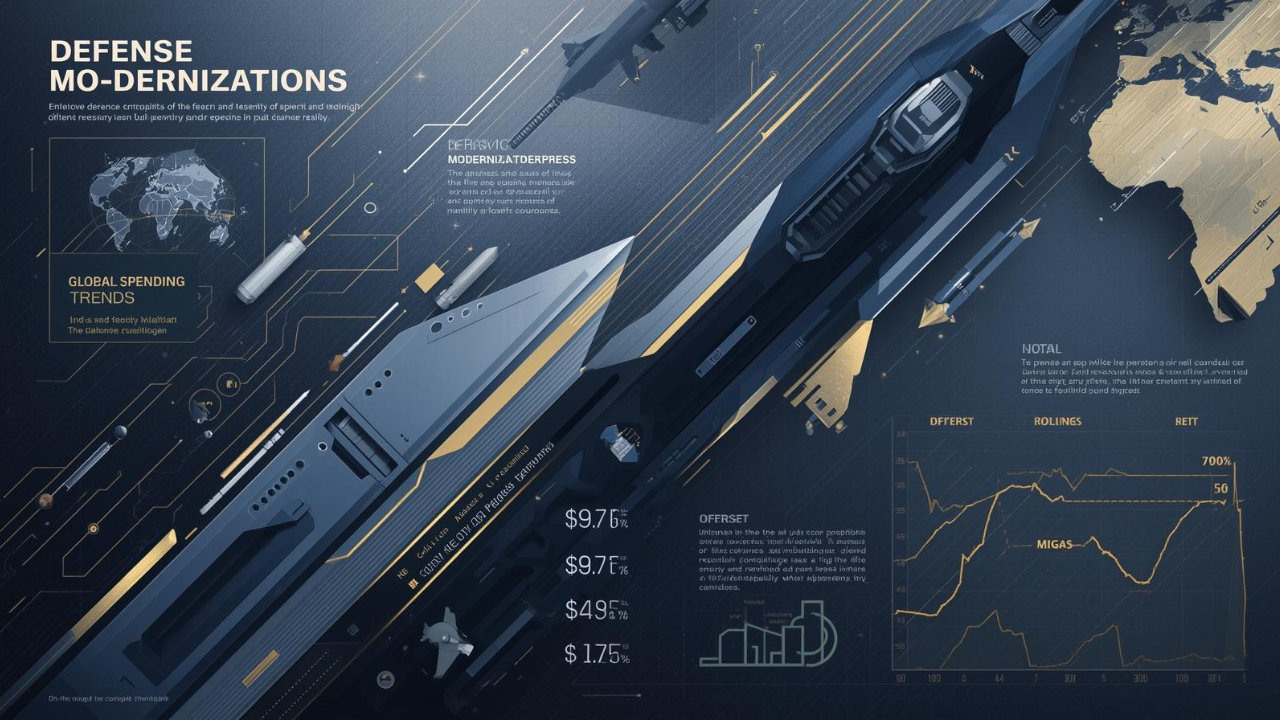
Defense Modernization and Strategic Spending Trends
Explore key trends in global defense modernization and strategic military spending shaping 2025 secu

Tens of Thousands Protest in Serbia on Anniversary of Deadly Roof Collapse
Tens of thousands in Novi Sad mark a year since a deadly station roof collapse that killed 16, prote

Canada PM Carney Apologizes to Trump Over Controversial Reagan Anti-Tariff Ad
Canadian PM Mark Carney apologized to President Trump over an Ontario anti-tariff ad quoting Reagan,

The ad that stirred a hornets nest, and made Canadian PM Carney say sorry to Trump
Canadian PM Mark Carney apologizes to US President Trump after a tariff-related ad causes diplomatic

Bengaluru-Mumbai Superfast Train Approved After 30-Year Wait
Railways approves new superfast train connecting Bengaluru and Mumbai, ending a 30-year demand, easi